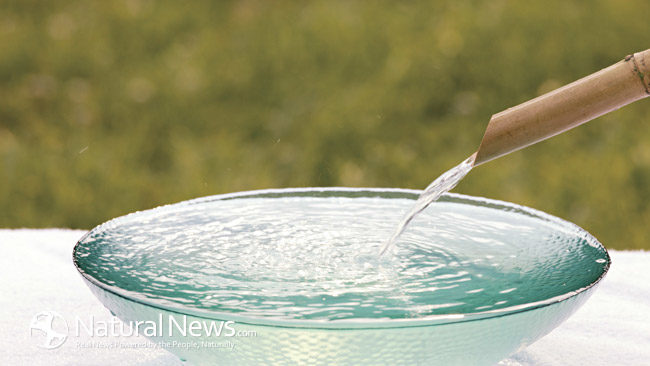One of the most common homemade water filtration systems is used primarily in Africa and in some areas throughout the middle east. It is real easy to make and only requires a few very simple tools. To begin collect two 5 gallon buckets, a pre-filter sock, a spigot, and a drill. Drill a hole in the center of the bottom of the first bucket and another hole in the center of the lid belonging to the second bucket. After this drill a third hole on the side of the second bucket towards the bottom and place the spigot so that it doesn’t leak. Once this is complete place the first bucket on top of the second bucket so that the first two holes previously drilled align perfectly. Secure the two buckets in place than insert the pre-filter sock through the holes interconnected between the two buckets. Either sand or charcoal can be used within the pre-filter sock or a combination of the two to help filter the water. This water filtration process should take roughly one hour to complete.
Another type of homemade water filtration system has become increasingly popular amongst families and backyard farmers throughout the United States. It is a bit more complex but also includes very simple tools. To begin collect a 50 gallon drum, sand, pulverized charcoal, gravel, a perforated pipe, and additional 5 gallon buckets. Place the perforated pipe at the bottom of the 50 gallon drum so that half of the pipe is outside of the drum. To do this a small hole will have to be drilled in the bottom of the 50 gallon drum. Pour the gravel first into the 50 gallon drum so that the perforated pipe is covered up. Next pour in the pulverized charcoal. Last pour in the sand until the 50 gallon drum is entirely full. Once this is complete the unfiltered water can be poured in from the top of the 50 gallon drum where it will pass through the sand, pulverized charcoal, and gravel filtering various biological and chemical components. Once complete the water can then be collected into the 5 gallon buckets for later consumption or if necessary processed through the 50 gallon filtration system again.
Reverse osmosis filters are excellent filters for removing the vast majority of biological and chemical components that are unsafe to drink. Reverse osmosis filters have in fact become much more popular in the last few years due to the fight against Fluorosis. However, reverse osmosis filters are a bit more complicated to be able to make with household or store bought tools and supplies. Fortunately though NSF and EPA both make high quality reverse osmosis filters that can be attached to faucets throughout the house. All that is needed upon purchasing a reverse osmosis filter are the additional filters that include the membranes used for filtering the water. When using the reverse osmosis filtration system be sure to only run cold water through the filters as hot water can damage the membranes rendering them useless.
Sources:
“DIY (Do-It-Yourself) Water Purification: Basic System Design.” By Josh Kearns, Fall 2007
http://aqsolutions.org/resources/DIY.pdf
“How to Make Reverse Osmosis Water Filters More Effective.” By David Surgeon
http://ezinearticles.com/?How-to-Make-Reverse-Osmosis-Water-Filters-More-Effective&id=1637857





